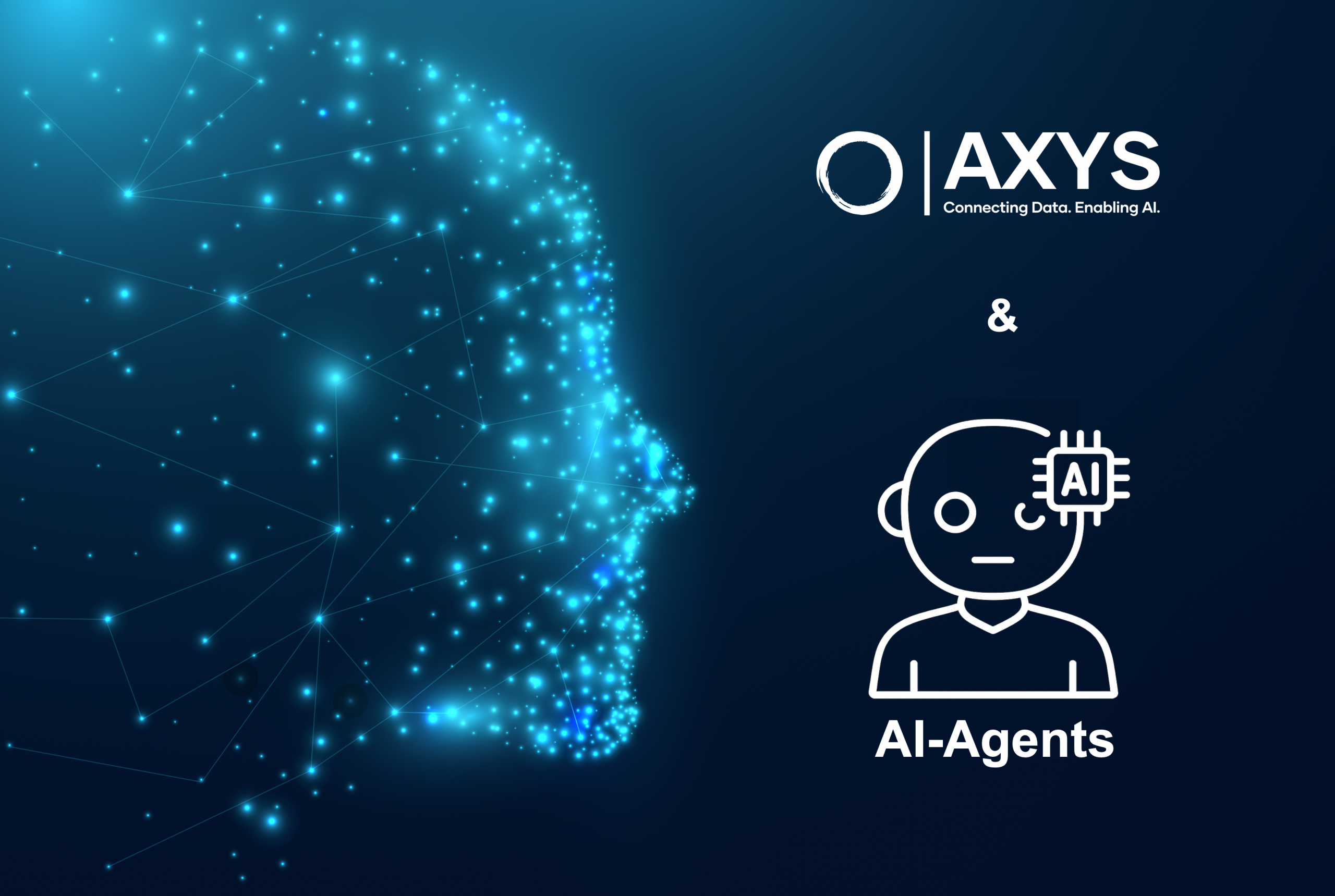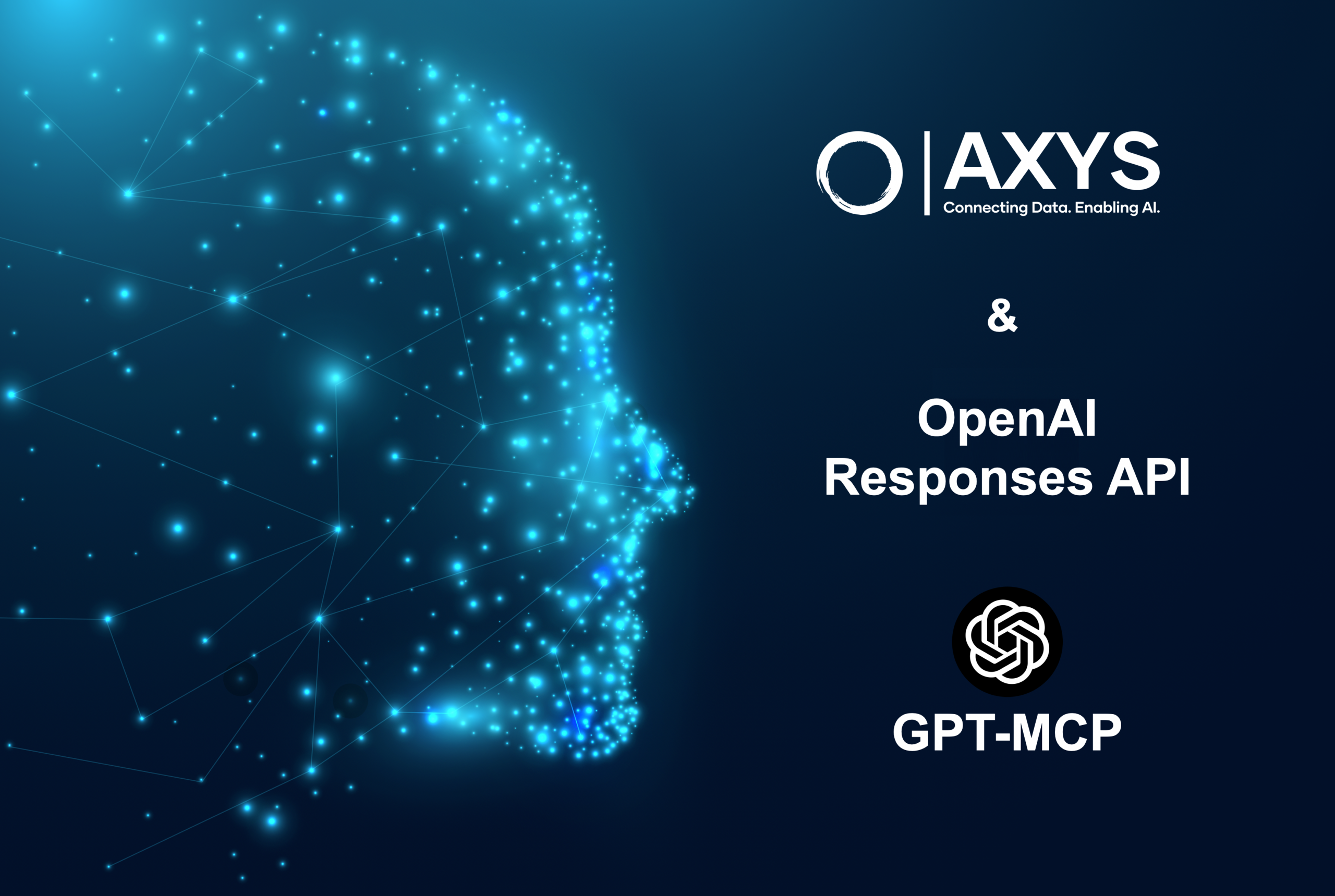Data fabric is a framework that enables organizations to manage and analyze data across a wide range of sources and platforms. Data fabric provides a cohesive view of an organization’s data. Also, can make it easier to access, integrate, and analyze data from multiple sources.
It is a software architecture that allows data to be shared and integrated across diverse systems and technologies. It enables data to be securely and seamlessly accessed and moved between different applications, platforms, and locations. Data fabrics solutions can help organizations to improve the agility and efficiency of their data management and analytics efforts, enabling them to extract value from their data assets.
Data fabric solutions can be used in various industries and applications, including healthcare, finance, retail, and manufacturing. They can be deployed on-premises or in the cloud and can support a wide range of data management and analytics activities, such as data integration, governance, quality, security, and visualization.
Many different data fabric solution is available on the market, each with its features and capabilities. Some common features of data fabric solutions include support for multiple data sources and formats, data transformation and normalization capabilities, integration with data lakes and data warehouses, and support for real-time data streaming.
Why do Businesses need Data Fabric?
There are several reasons why businesses may need data fabric for their data:
To improve data integration: A data fabric makes integrating data from multiple sources easier, which can help organizations gain a more comprehensive view of their data.
Support data analytics: A data fabric provides various analytics and visualization tools to enable users to gain insights from the data.
To improve data governance: A data fabric supports data governance best practices, including data lineage, data security, and data privacy.
Improve data security: A data fabric provides robust security measures to protect data from unauthorized access or tampering.
Support data privacy: A data fabric supports privacy regulations and policies like GDPR and CCPA.
Data collaboration: A data fabric enables collaboration and sharing across teams and departments.
Helps in data management: A data fabric provides tools for data management, including data backup and recovery, data archiving, and data lifecycle management.
Data Fabric Solution Checklist
Here is a list of top data fabric solution checklists:
Scalability
The data fabric solutions should scale up or down to support the organization’s changing data and processing needs.
Data integration
The data fabric solutions should seamlessly integrate various data sources, including structured, semi-structured, and unstructured data.
Data governance
The data fabric solution should support data governance best practices, including data lineage, data security, and data privacy.
Data quality
The data fabric solution should support data cleansing and enrichment to ensure that the data is high quality and fit for use.
Data security
The data fabric solution should provide robust security measures to protect the data from unauthorized access or tampering.
Data privacy
The data fabric solution should support privacy regulations and policies, including GDPR and CCPA.
Data Analytics
The data fabric solution should provide various analytics and visualization tools to enable users to gain insights from the data.
Data management
The data fabric solution should provide tools for data management, including data backup and recovery, data archiving, and data lifecycle management.
Data collaboration
The data fabric solution should support data collaboration and share across teams and departments.
Flexibility
The data fabric solution should be flexible and adaptable, allowing users to easily customize and extend the solution to meet their specific needs.
Resiliency
It should be able to recover from failures and maintain data availability during outages or other disruptions.
Performance
A data fabric should be able to handle high volumes of data and provide fast access to data for users.
Axys is a data virtualization and fabric platform; it provides many integrated technologies that help organizations manage their data accurately using simple No-Code solutions. The ultimate goal of Axys data fabric, data virtualization, is to maximize the value of your data and accelerate digital transformation while covering data foundation, governance, management, insight, and value generation fundamentals. Axys is used to simplify data discovery, governance, and active metadata management.


